When the sitting president is not running for reelection, the party typically turns to his vice president as the “natural” nominee. That’s true again this year, now that the Democratic Party powerbrokers forced Biden out of the race, fearing he would not only lose the White House but sink down-ballot Democrats alongside him.
So, the party turned to his vice president to lead the ticket. That’s commonplace in the modern era, but it’s a relatively new development. It wasn’t true before the 1950s. That change raises three questions:
1. What was the earlier role of the vice president?
2. Why has that role changed? and
3. Why do those changes make it likely, though not certain, the VP will become the party’s next nominee?
First, until the modern era, the vice president was largely a placeholder, with little responsibility. The job mostly entailed sitting around, waiting for the president to die. That was true even for energetic men like Teddy Roosevelt and Harry Truman, whose vigor and competence was stifled when they were vice president and reemerged only after their president died and they took over.
Truman’s vice presidency was different in only one respect. The big-city bosses who picked him in 1944 fully expected him to become president within a year or two. They knew how sick Franklin Roosevelt was and didn’t think he would live through a fourth term. They wanted someone who could win the next election, in 1948.
Even so, Vice President Truman played no role in the FDR administration. When he was sworn in after Roosevelt’s death, he had to be told America was developing an atomic bomb and that it was near completion. He hadn’t known. He was so marginal in the Roosevelt administration that no one bothered to inform him, even as the president neared death.
That marginal role applied to all vice presidents before the modern era. It was captured in the most famous quote about the office, uttered by one of FDR’s previous vice presidents. The job, John Nance Garner said, wasn’t “worth a bucket of warm piss.” (That quote used to be bowdlerized for public consumption as “warm spit.”)
Since Garner’s day, the bucket has been removed and the VP’s job increased markedly. This new, more prominent role influenced the VP’s run for the top office in 1960, 1968, 1976, 1984, 1992, 2000, and now 2024. In each of those, the party holding the White House nominated the vice president (or, in 1984, the party’s last sitting last vice president) for the top spot. The exception was 2016, when Barack Obama passed over his vice president, Joe Biden, and gave the nod to Hillary Clinton. Biden has been furious at both Obama and Clinton ever since, all the more so since Clinton lost (and, of course, he figured he would have won).
What changed in the modern era, making the vice president so likely to become the next presidential nominee? Beyond the detailed reasons (listed below), there is one overarching change: the vice president’s job has become much more important and visible as the national government has grown so vast. The Executive Branch, with its myriad of regulatory agencies, is too big and complex for the president and a small staff to control. He needs a much larger staff and a second-in-command who can handle whatever major tasks he assigns.
With the vice president’s larger role come four major advantages in becoming the party’s next nominee. Today’s vice presidents have:
- much higher name recognition than their predecessors
- political backing from the outgoing president (except in 2016 and perhaps now)
- strong ties to the party’s elected officials, campaign consultants and donors across the country, and
- a sure way to tap into the party’s fundraising apparatus, essential for today’s campaigns
Those advantages make it likely, though not certain, the vice president can not only win the nomination but win it without a damaging primary battle.
Incumbent vice presidents have one more advantage, or rather they have it if their administration is popular near the end of the term, as Bill Clinton’s was. The VP can credibly claim a share of that success. The recurrent theme is, “I not only supported all these great policies, I help devise and implement them, right alongside the (popular) president.”
If the administration is unpopular, the vice president never utters those words. His opponent does, tagging the VP with a long litany of the administration’s failures. That was the fate of vice presidents (and subsequent presidential nominees) under Lyndon Johnson, Richard Nixon, George W. Bush, and now Joe Biden. Joe isn’t helping Kamala when he repeatedly claims she was “the last person in the room on major decisions.” Whenever Joe says that, Kamala must be thinking, “You’re not helping.”
That encumbrance is compounded because “change” is a popular sentiment in many elections, even when things are going relatively well. It becomes a dominant theme when things are going badly, when polls show the country is “on the wrong track,” as about three-quarters of voters say it is today.
The difficulty of ascending from the vice presidency to the Oval Office is illustrated by one simple fact. Since World War Two, only two vice presidents have succeeded multi-term presidents: Harry S. Truman and George H.W. Bush. Neither won a second term.
The poster child for these troubles was Lyndon Johnson’s vice president, Hubert Humphrey. He was running in 1968, after eight years of Democrats in the Oval Office (JFK and LBJ), when the country was riven by the Vietnam War and racial strife. Humphrey had some major assets. He was well-liked and very experienced, the former mayor of Minneapolis and senator from Minnesota before becoming LBJ’s vice president. He loved campaigning and had a sunny disposition. Even so, he couldn’t escape the dark shadow of Vietnam, the social disorientation following the assassinations of Martin Luther King and Robert F. Kennedy, and urban riots following King’s death.
While the country was roiling, it was simply impossible for Humphrey to claim success. Nor could he separate himself from the administration’s woes. Back then, a centrist media didn’t do that heavy lifting for him.
Troubles like Humphrey’s would normally sink the vice president in any unpopular administration. That they haven’t sunk Kamala Harris, at least not yet, is truly extraordinary. Despite the Biden administration’s low poll ratings, she is running even with Donald Trump with four weeks to go.
Why is Harris faring better than previous vice presidents?
First, with the country is almost evenly divided between the two parties, Harris can pick up her half, or at least most of it. The composition of the parties has changed since 2016, and the divisions have become bitter and ideological — almost theological. Despite those divisions, Joe Biden could not capture the Democrats’ normal share after his disastrous debate with Donald Trump, which revealed a frail, cognitively weak president. Until then, the White House staff and media had hidden his serious decline. Once voters saw it, the party’s leaders realized Biden would lose the presidency and carry his party down with him. They tossed him out, screaming.
The second reason for Kamala’s polling strength is that approximately half the electorate dislikes Donald Trump. Some will vote for him anyway (they dislike Harris or current policies even more), but most will not. True blue Democrats go further. They hate Trump and are working to mobilize the electorate.
But Trump’s biggest electoral problem is not the rabid haters. His biggest problem is that he trails significantly among moderate women voters, especially more educated ones. (Trump has compensated with strength among blue-collar workers, a rising percentage of Hispanics and a larger share of the black male vote than Republicans normally win. He also wins on most issues voters care about. The big exception is reproductive rights.)
Third, the legacy media has swooned over Harris and resolutely refused to expose her weaknesses. They want her to beat Trump, and it shows. Before Biden was kicked out, polls showed Harris was the most unpopular vice president in history. As soon as she was nominated, the mainstream press anointed her with glowing praise. She floated up to heaven on the wings of their headlines.
Their groveling stance is evident in their failure to insist Harris hold news conferences and long-form interviews with serious journalists. Instead, she meets occasionally with sycophants while journalists stand mute as she goes on the campaign trail and reads speeches from teleprompters.
Last week, that technology betrayed her. Her teleprompter froze just after she said it was “thirty-two days until the election.” Instead of speaking off the cuff, all she could do was keep repeating “thirty-two days” until her aides fixed the machine.
It was an embarrassing performance, a Ron Burgundy moment. The media came to her rescue. They ignored the story. (Contrast that with the headlines every time George W. Bush misspoke.)
Harris also fumbled softball interviews when she couldn’t answer basic questions like the first actions she would take as president. She could only say that she was raised in a middle-class family. The same media seizes on Trump’s repeated exaggerations and missteps. The bias is a major aid to Harris’s campaign.
Where Harris did perform well, however, was the single most important public appearance of the campaign and her career: the debate with Donald Trump. Harris’s answers that night were clear and coherent, and she managed to get under Trump’s skin, coaxing him into an angry, narcissistic rage. He hurt himself badly. If he loses, he can look back to that night.
Kamala’s negative strategy is to avoid serious, extemporaneous interviews, fearing she won’t do well. Her positive strategy is to depict herself as an outsider, a vessel of change. That she, a sitting vice president in an unpopular administration, has managed to sell herself that way is truly remarkable. With help from a fawning media and plenty of paid advertising, she has managed to repackage herself with the label, “New and Improved!” Equally important, she’s managed to do it without showing voters what’s actually inside the “new, improved” box or explaining why the contents are so different from her far-left positions in 2019-2020, when she ran for president.
We won’t know how successful Kamala’s new, feel-good label is until the election results pour in. But her current neck-and-neck standing in the polls shows she has already accomplished a lot. She is doing better than most vice presidents running for the top job and far better than those dragged down by their administration’s high “wrong track” numbers. Her outperformance is why the election is a race, not a sure loser for the #2 in an unpopular administration.



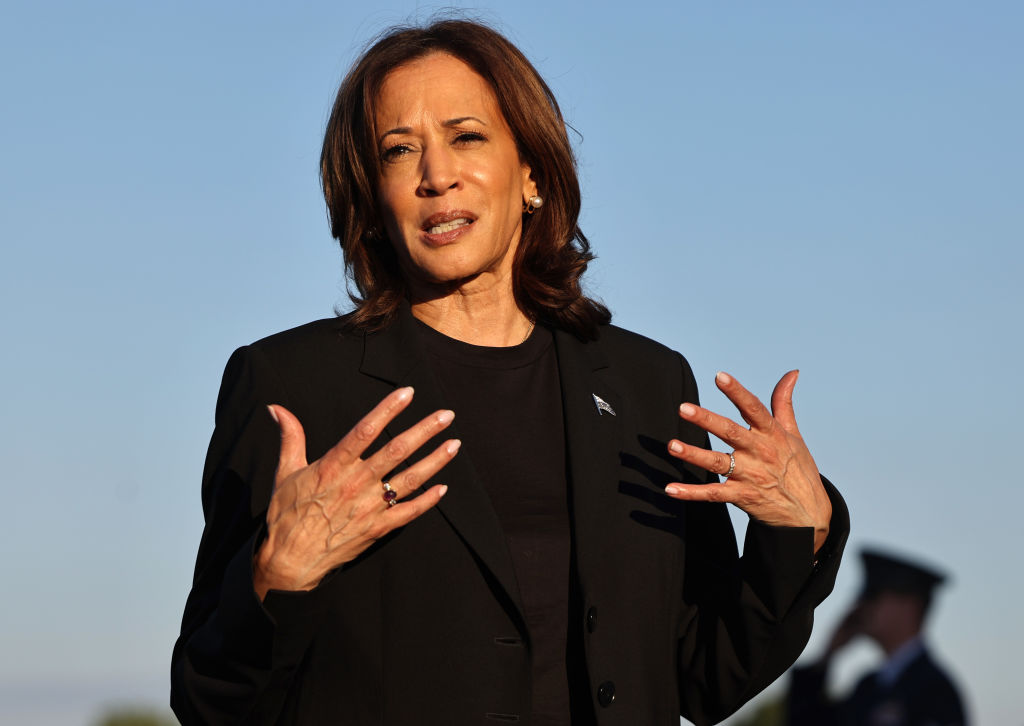







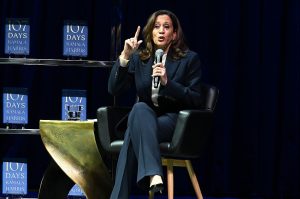

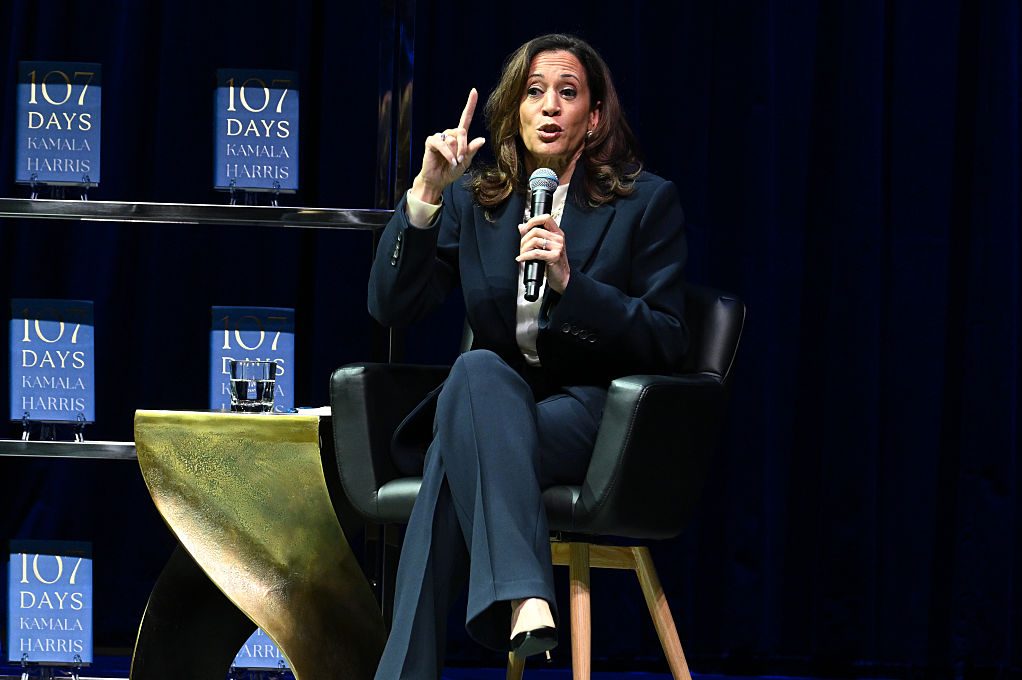
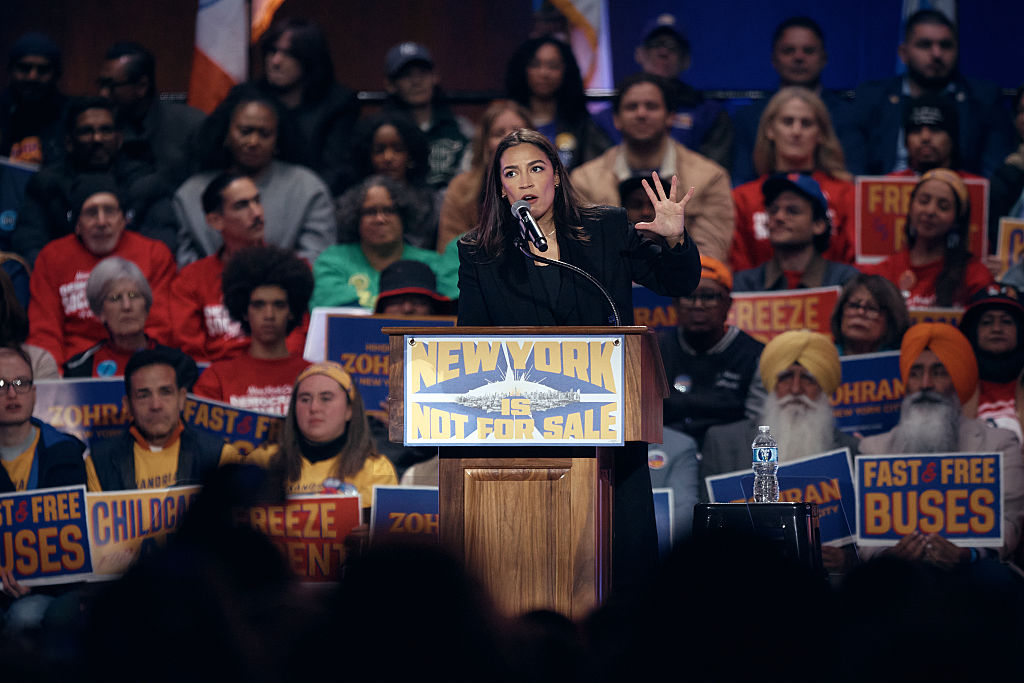
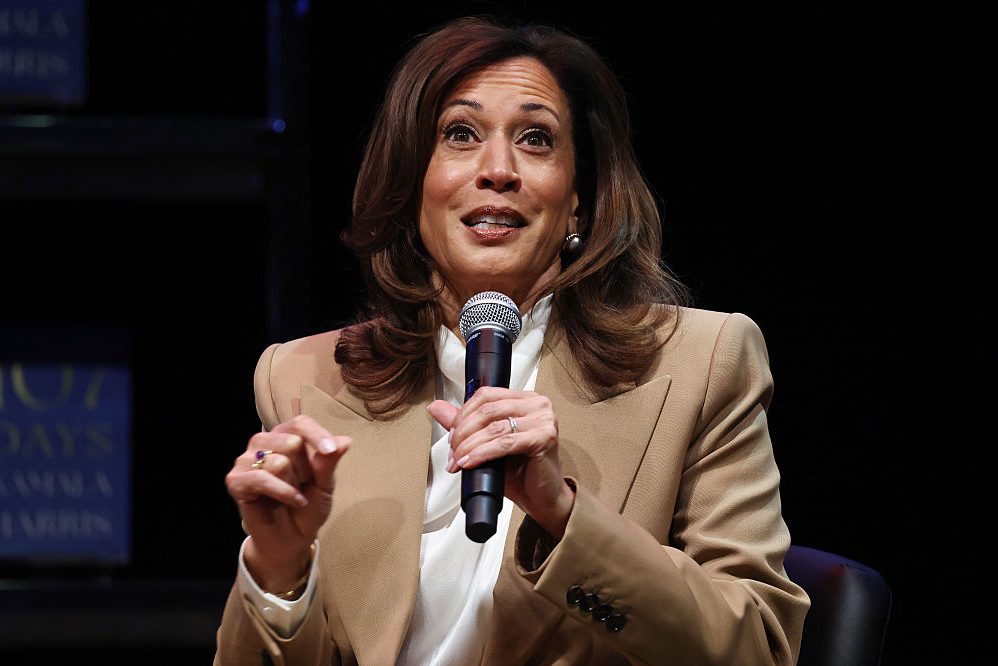
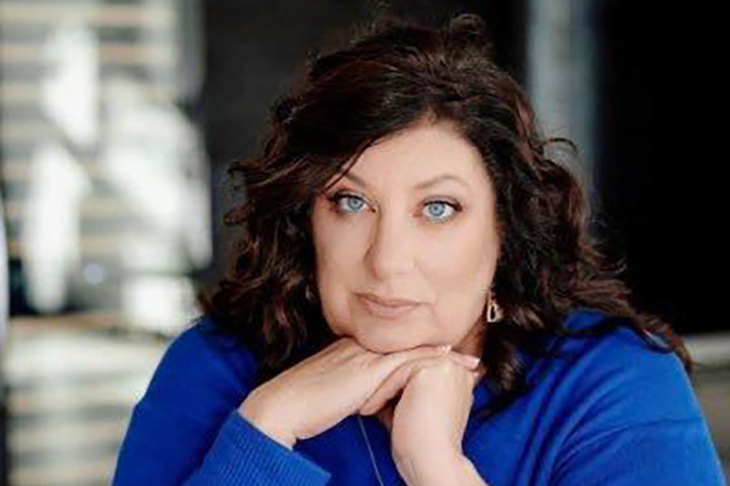
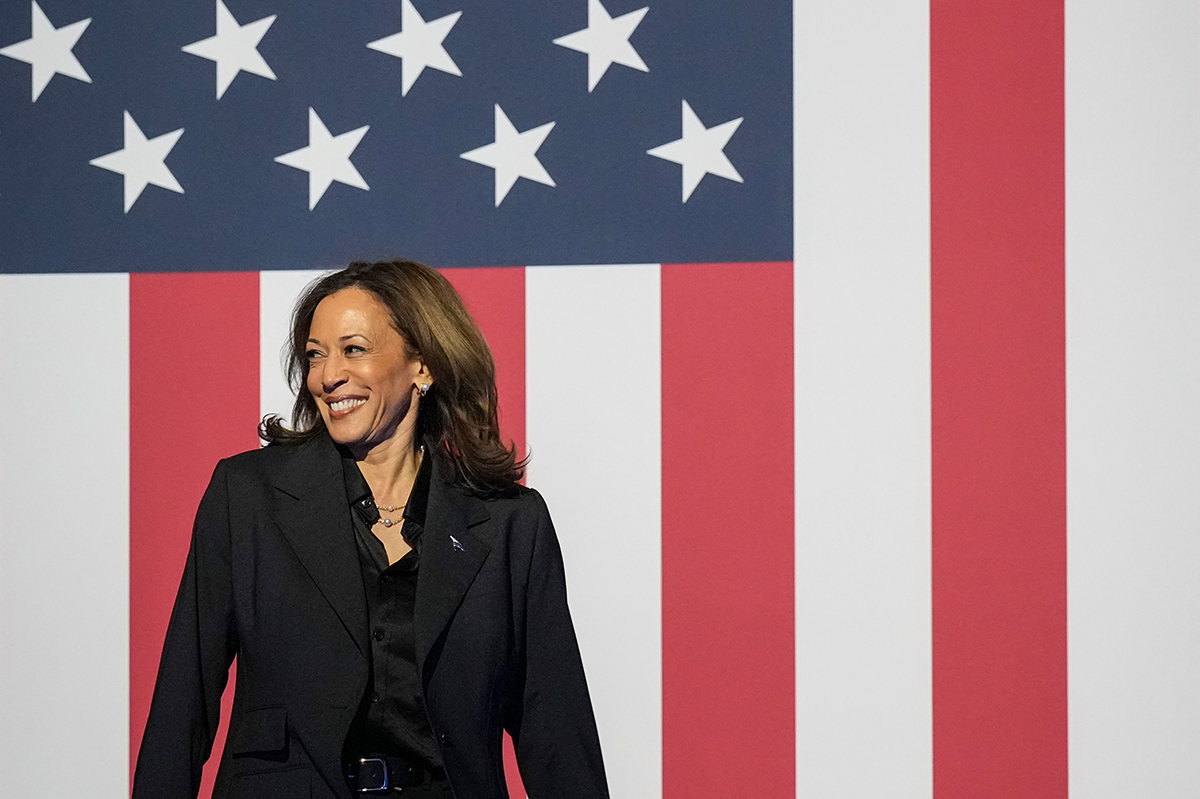
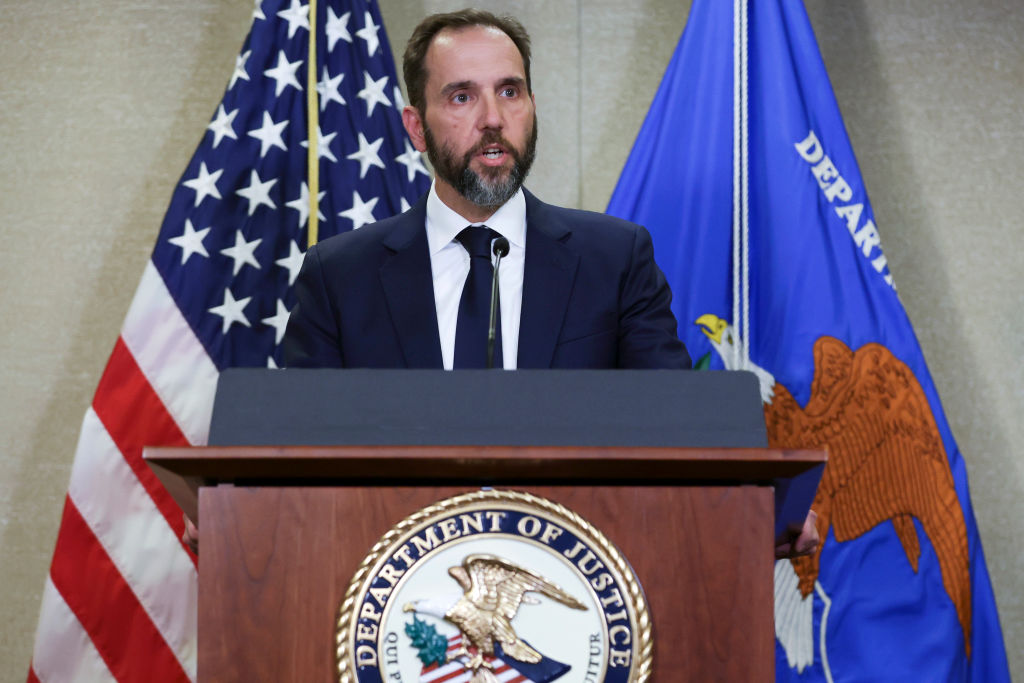







Leave a Reply